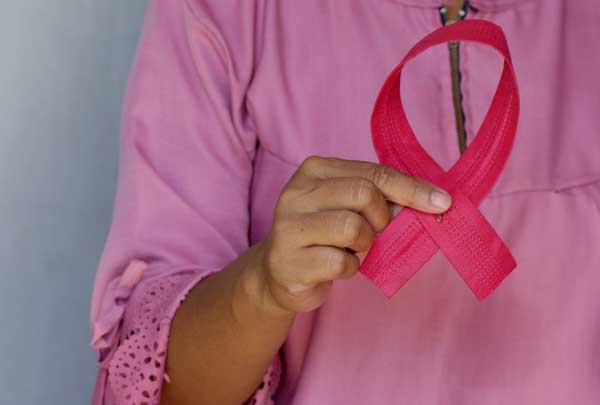Breast Cancer 411 is general information to help you understand breast cancer:
• Facts and myths
• Signs, symptoms and types
• Detection tests, tools and technologies
• Statistics
• Risk factors
• Diagnostic techniques
• Stages of breast cancer and treatment options
For detailed information, please refer to medical professionals and resources about breast cancer.
We hope you find our website to be a useful resource, and we wish you all the best.
Facts and Myths about Breast Cancer
What breast cancer is (Fact):
• A very common disease among women of all ages
• The leading cause of cancer death in black women
• Not your fault
What could have an effect on developing breast cancer (Fact):
• Alcohol consumption
• Environmental chemicals and pollutants
• Family genetics
• Fried, grilled meats and high fat diet
• Inactivity, no exercise
• Obesity, overweight
• Smoking
What does not cause breast cancer or cancer death (Fact):
• Abortions
• An injury to the breast
• Antiperspirants, deodorants
• Bad behavior or “karma”
• Bras with underwire
• Breast-feeding
• Caffeine or Coffee
• Emotional stress
• Jogging
• Mammograms
• Seat belts
• Talking with or touching someone with cancer
What cures breast cancer naturally (Myth)
• Apricot pits
• Eating broccoli by the bushel
• Shark fins
• Spinning around in circles with a pot on your head
Signs, Symptoms and Types
Cancer Basics
Cancer is a disease that occurs when abnormal cells divide out of control and destroy tissue. This continuous cell division results in a malignant tumor. When malignant cells develop in the tissues of the breast, it is breast cancer. These cancerous cells can spread to the lymph nodes, and possibly to other organs of the body.
Anyone with breast tissue can develop breast cancer, which affects primarily women. A woman’s chance of being diagnosed is one out of eight (1 of 8) by the time she is 80 years old. Men can also develop breast cancer, which about one out of 100 men.
Symptoms of breast cancer vary from person to person. Some common warning signs and symptoms include:
• A breast lump or thickening on or inside of the breast
• Skin changes, such as swelling, redness, scaling or other visible
• Change in the shape and/or size of one or both breasts
• Changes in the appearance of one or both nipples
• Nipple discharge that is bloody, clear, greenish, pus, other than
breast milk
• General pain in/on any part of the breast
• Irritated or itchy breasts
• Change in breast color
• Changes in touch (may feel hard, tender or warm)
• Peeling or flaking of the nipple skin
• Redness or pitting of the breast skin (like the skin of an orange)
Breast Cancer Statistics – The Basics
The breast is consisted of billions of microscopic cells. These cells when healthy, multiply in an orderly fashion. New healthy cells are made to replace existing cells that die. Cells with cancer multiply uncontrollably and have a negative impact on the functioning of surrounding healthy cells. Breast cancer is a common disease in which cells in the breast divide, grow out of control and become malignant. Generally, tumors in the breast tend to grow slowly. By the time a lump is large enough to feel it may have been growing for as long as 10 years. However, some breast cancer tumors can be aggressive and grow at a much faster rate. Between 50% to 75% of breast cancers, begin in the milk ducts. Another 10% to 15% begin in the lobules and other breast tissues. Cancerous cells can spread to the lymph nodes and possibly to other organs of the body. Cells may travel early in the process when the tumor is small or later when the tumor is large.
Breast cancer accounts for 16% of all female cancers and 22.9% of invasive cancers in women. 18.2% of all cancer deaths worldwide, including both males and females, are from breast cancer. More than 75% of women diagnosed with breast cancer have no known risk factors, most breast lumps are noncancerous and the majority of breast cancers are not
hereditary.
While the occurrence of breast cancer has increased over the years, the rate of mortality has significantly decreased with early detection and treatment resulting in more survivors.

